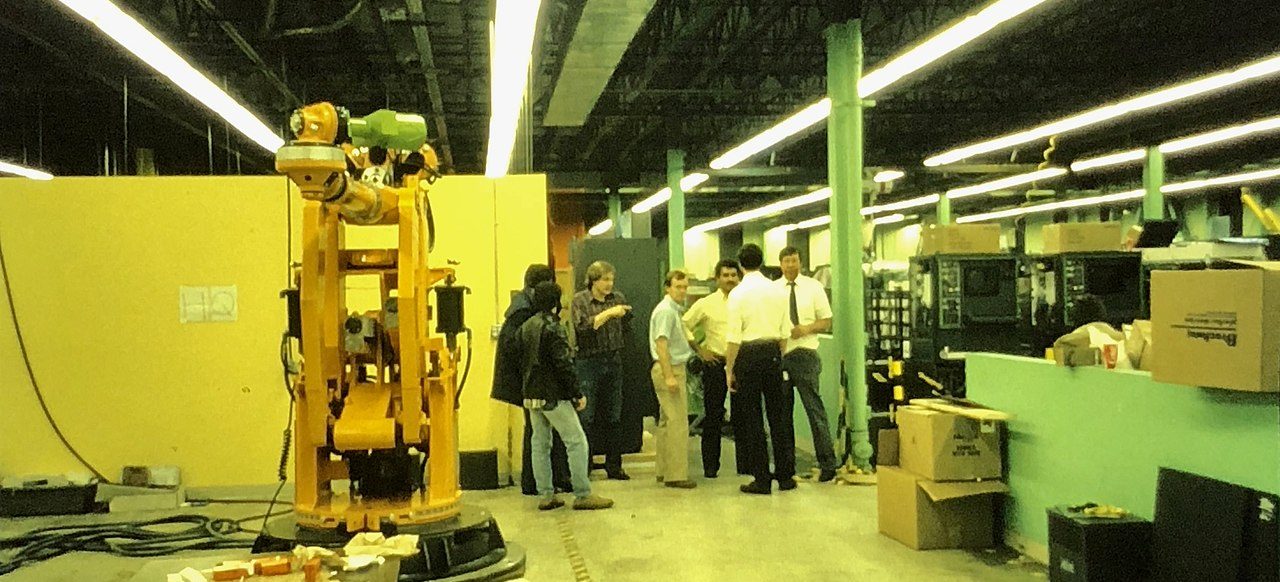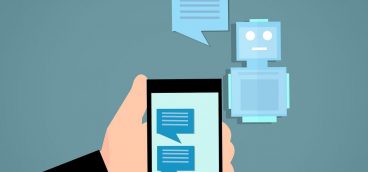What’s All the Panic About?

“I don’t think there is a single task you can assign a junior analyst, banker, developer, teacher or lawyer that can’t be accomplished more quickly, more smartly and much more cheaply with [generative AI].” Ben Hunt
“Every new technology is the Full Employment Act for ethicists and scolds.” Andy Kessler
Previously in this Series: Look at What AI Can do: Am I a bot? Part V
Whenever a new technology is rolled out there will always be people who panic. As noted a few weeks ago, ChatGPT can be used by mediocre students to complete essay assignments, and this sort of cheating has alarmed unthoughtful people. One particularly unthoughtful group – the New York City school district – immediately banned the use of ChatGPT altogether. Good luck enforcing that one, guys.
But some supposedly more intelligent groups have also panicked, including the journal Science, which announced that no text generated by AI bots would be allowed in the journal. As with the New York City school district, Science will have to eat those words, probably within a few months, or its pages will be empty.
But let’s look more closely at the cheating issue. No sooner had I penned the essay about the cheating college sophomore than my own college sophomore came home for spring break. He told me, to my astonishment, that everyone at his university – High Point – used ChatGPT every day. He opened up his laptop, automatically logged onto the ChatGPT website, and began typing in prompts. Complete answers to his questions began rolling down the screen.
“That’s terrible!” I said. “Everyone in the university can cheat!” (As I said, there are always people who panic.)
My son rolled his eyes. “No, Dad,” he said. “In the first place, everyone using ChatGPT would turn in essays that were virtually identical. Even the dumbest professor in North Carolina would notice that.”
But that wasn’t the only thing hampering cheating. Although generative AI is very new, there are already commercially available systems that flag bot-generated text, including Turnitin, GPTZero, and the one used at High Point, Honorlock.
When students at High Point are taking a test, they first have to log onto Honorlock’s website, which blocks them from going to any website the professors are worried about, especially Wikipedia and ChatGPT. If the professors are especially paranoid, Honorlock can block access to the entire internet. And it can detect illicit web browsing on phones and iPads, as well as laptops.
As anyone who has been around college campuses knows, cheating was epidemic long before generative AI became a thing. Grade inflation and an atmosphere in which professors are terrified of their own students ensures that it’s simply not worth anyone’s time to work hard and play by the rules. And so, like it or not, hardly anyone does.
It’s easy for people of a certain age – i.e., me – to look scornfully on this sort of thing, but that may be only because we have short memories. When I was in law school and we knew that the exam would focus heavily on a particular court decision, one thing we could be certain of was that some scumbag would take a razorblade and cut that decision out of the casebook in the library.
So while students can certainly cheat using bots, especially if they are taking courses from braindead faculty members, it’s no worse than it’s ever been, and probably better.
Another complaint about AI is that it will destroy the livelihoods of millions of people. Note that this complaint pops up with every new technology, going back hundreds of years. In the 1800s in Britain textile manufacturers began using machines to produce cloth that had formerly been produced by slower and less productive craft workers. This left many craft workers unemployed and understandably angry.
The so-called “Luddites” – named for a legendary figure named Ned Ludd, a textile apprentice who had supposedly smashed several stocking frames in a fit of rage – destroyed textile machines and created an anti-technology rebellion that lasted five years. It did them no good whatsoever.
As The Economist magazine has pointed out, war-related innovations during World War II sparked a panic over impending mass joblessness in the 1950s. But that decade turned out to be almost a paradise for workers. And in 1978, when the microprocessor was invented, Britain actually launched a government inquiry into the processor’s job-killing potential.
Yet, today, unemployment is lower than it’s ever been in the US, and at least recently most of the benefits of high employment and wage increases have gone to the lowest-paid workers.
So why the widespread panic about AI today? It’s undoubtedly because in the past it was ordinary working people whose jobs might be superannuated via technology, while today AI mainly threatens professional and knowledge workers. A University of Pennsylvania study recently noted that the jobs most exposed to AI are accountants, writers, and blockchain engineers, while the jobs least exposed are short-order cooks and motorcycle mechanics.
There is no doubt that AI will eliminate many jobs that people like to think of as “professional” but which are really fairly low-level activities. IBM has forecast that AI will eliminate much of its current lower-level white collar workforce, and Microsoft has already rolled out what it calls “co-pilots” to improve the efficiency of jobs in sales and marketing and supply chain management. The same thing is happening in call centers.
Even when AI is simply being used to improve the efficiency and productivity of workers, rather than to replace them, an employer will need many fewer workers going forward, as highly productive AI-assisted workers will be able to do jobs that formerly required several workers. Still, as with every technological revolution in modern history, AI is highly likely to eliminate boring and repetitive jobs and replace them with better and more interesting jobs.
As The Economist concludes, the real problem with advanced economies today isn’t too much automation, but too little. Instead of improving their own productivity (say, through the use of AI), too many US companies simply outsource their boring jobs to places like India. American jobs are lost anyway, but without a corresponding increase in productivity.
Next up: Am I a Bot, Part 7












